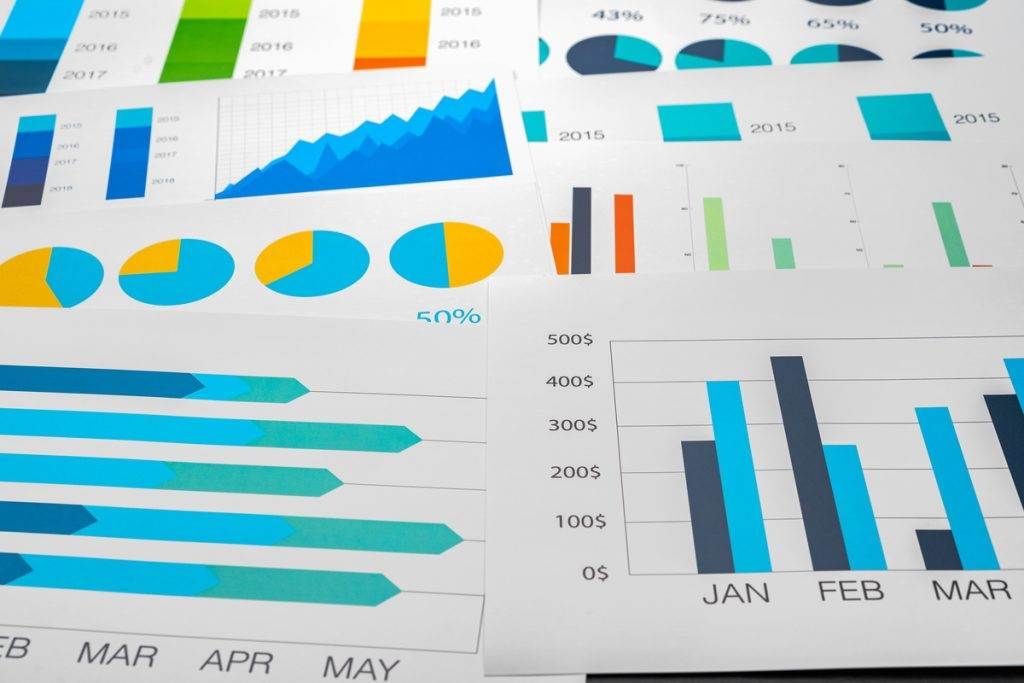Infographics have become a powerful weapon for effectively conveying complex information in the era of content marketing. Their compelling visual nature aids in easy comprehension and swift dissemination of knowledge. However, the success of an infographic lies in its dimensions, making the task of selecting proper dimensions vital.
Every step is crucial in this process; this includes determining the pixels wide for readability, deciding the aspect ratio to match the platform requirements, and using an infographic to craft your design. A well-sized infographic can catch the right eye, hold the reader’s attention, make them scroll down, and exactly meet LinkedIn or other platform’s size guidelines.
So, how can you create an infographic with the correct size and make it work for your SEO? This guide discusses how to select the proper infographic dimensions for your project, ensuring your graphic design is visually pleasing and aptly structured for your target audience.
Infographics – Understanding The Basics
When venturing into the domain of infographics, you’re quickly faced with understanding infographic dimensions. Those pixels wide and high potently influence how your audience interacts with your infographic, impacting everything from user experience to content marketing and SEO success. The select infographic templates from an infographic maker are more than a simple design choice: they shape the foundations of your graphic design.
Infographic Dimensions: What Does It Mean?
When we discuss infographic dimensions, we’re essentially addressing the width and the height of the infographic. These analytics impact the following attributes:
- Width (‘Pixels Wide’): The horizontal measurement of your infographic. Critical to adhere to the specific browser or platform (like LinkedIn) parameters, ensuring the infographic fits within the specific viewing pane without needing horizontal scrolling. Balancing width maintains the aesthetics of the infographic.
- Height: The vertical measurement of your infographic determines how much data you can incorporate and how far a viewer needs to scroll to capture all the content. Crafting an infographic that encapsulates critical information without imposing infinite scrolling is key to keeping hold of your audience’s attention.

The Significance Of Size In Infographics
Apart from design and content, the sizing of your infographic is a pivotal element. Here’s why:
- Readability: Small infographics may require your audience to strain their eyes or zoom in to consume the content—sizing matters in retaining interest.
- Aspect Ratio: The proportional relationship between the width and height of your infographic, the aspect ratio, is critical to maintaining and ensuring a rhythm to your infographic to encourage smooth scrolling.
- SEO performance: The appropriately sized infographic can assist with SEO performance, helping pages load more quickly and paving the path to content marketing success.
- Platform compliance: When planning to post your infographic on platforms like LinkedIn, you should consider the platform’s infographic size requirements. For example, LinkedIn’s recommended image post size is 1200 x 675 pixels.
Selecting The Ideal Dimension: Crucial Considerations
While infographic dimensions may vary significantly based on content or platforms, some considerations should guide your decision:
- Audience: Gauge the behavior patterns of your target audience. Would they indulge in a longer infographic with detailed information, or would they connect with a concise and clear infographic better?
- Content: If your content is dense and requires visual elaboration, plan for a higher infographic, but balance it with a corresponding width for visual balance.
- Platform: The destination for your infographic, be it web pages, LinkedIn, or Instagram, each platform has unique size requirements.
Understanding the basic principles of sizing in infographics provides a sturdy foundation for creating compelling infographics. As you move forward, refinement in the art of selecting the right infographic dimensions will aid you in concocting infographics with greater impact. Stay tuned to learn more about the methods and tools that can help you determine the best infographic dimensions for your project!

Criteria For Selecting Infographic Dimensions
The right infographic dimensions are essential for great visual impact. Your ultimate guide to making a lasting impression boils down to selecting the perfect dimensions for your content. Here, we’ll cover the fundamental criteria to consider.
I. Platform Specifications
Different platforms offer different optimal dimensions for infographics. For instance, the best infographic size for Facebook is an image with dimensions 1200 px wide and 630 px tall. Having a cheat sheet for each platform can be a powerful tool. A site like Canva offers default-size options for common platforms, making the process of helping your infographic fit the right social media platforms a breeze.
II. Content Volume and Complexity
The content volume and complexity play a significant role in defining the right infographic size. A long infographic might be appropriate for presenting complex information, but consider segmenting infographics if the information gets overwhelming. The standard size might not fit all types of infographics. Design your infographic as a single image or a gif if the content demands it. Remember, you have to balance information density with ease of viewing.
III. Audience Devices
Audience devices greatly influence the size and dimensions. Knowing where your infographic is going to be viewed can help tailor the optimal size. A vertical infographic might work best if your audience is predominantly mobile users. Use a single image for quick loading speed and ensure higher resolution for larger screens.
IV. Ease of Viewing
Aim for 600 pixels wide for websites and blogs, ensuring your infographic looks great without forcing horizontal scrolling and an infographic height that doesn’t exceed 1800 pixels for a comfortable scroll length.
When selecting dimensions, balancing the content’s purpose and audience comfort cannot be underestimated. Size plays a crucial role in infographic design. Make sure your infographic fits comfortably in the view of your audience, is easy to understand, and looks visually appealing.
Testing and experimentation are your best friends when it comes to infographics. Try out different sizes, design elements, and types of infographics, and always adapt based on what works best for your specific projects. Use the recommended sizes as a starting point, but always adapt based on your content needs and the platform you’re sharing on.
Check out the Ostmosis Labs blog for the different types of infographics and how to make sure they look great on different platforms. Whether it’s a PNG, JPEG, or GIF, we’ve got you covered! From creating infographics based on a Canva template to designing an infographic from scratch today, you’ll get the know-how for an impactful and immersive infographic experience.
Using visuals to help present complex information quickly and clearly is an essential part of infographic creation. Maintaining image quality while keeping the file size manageable for downloading the infographic or sharing on LinkedIn rounds out this informative guide.

Remember, infographics are a powerful tool in your marketing repertoire. Start designing your optimal infographic and create a visually appealing narrative that fits the platform and meets your audience’s expectations. Infographics don’t just present data; they tell stories. Let yours begin!


